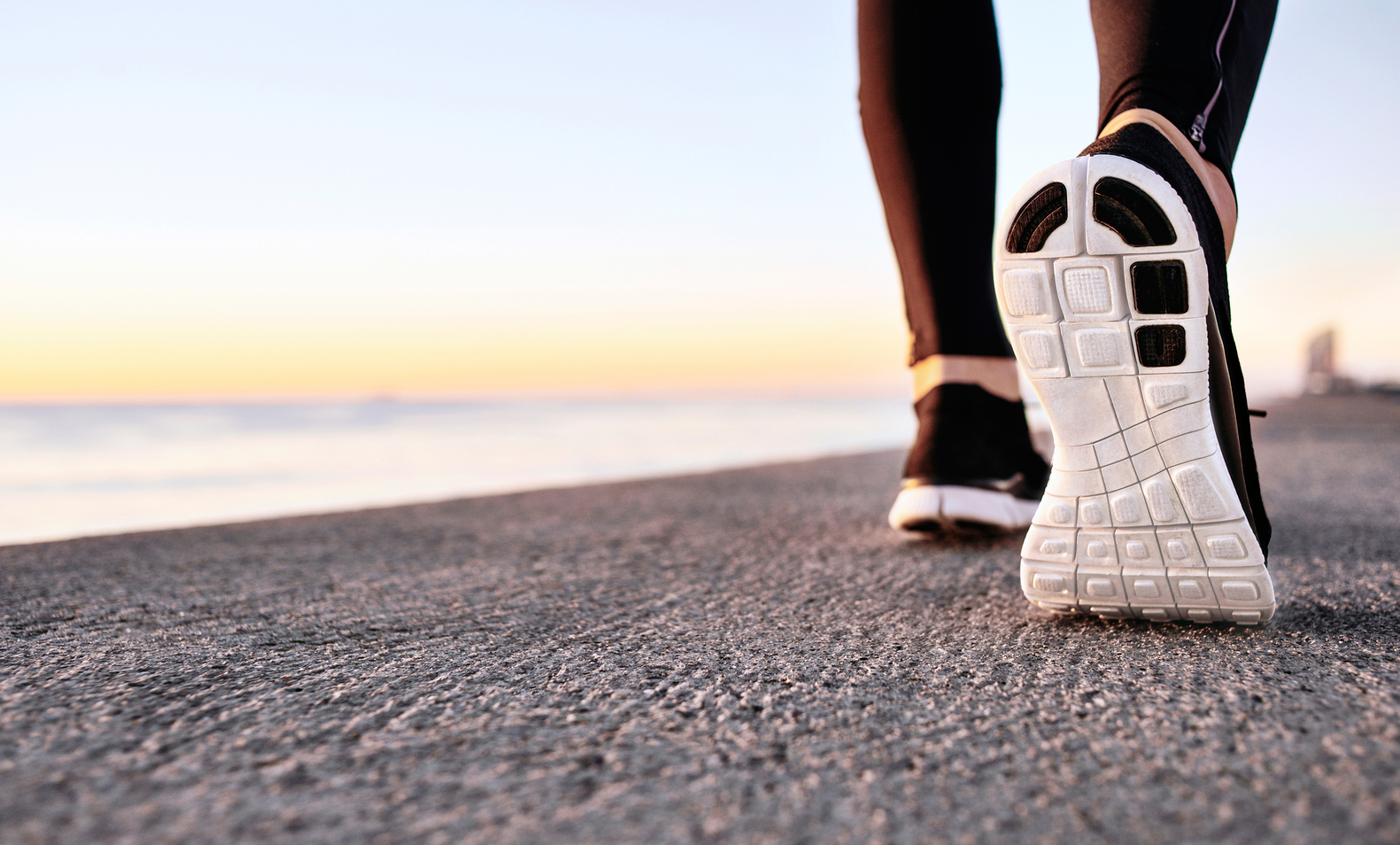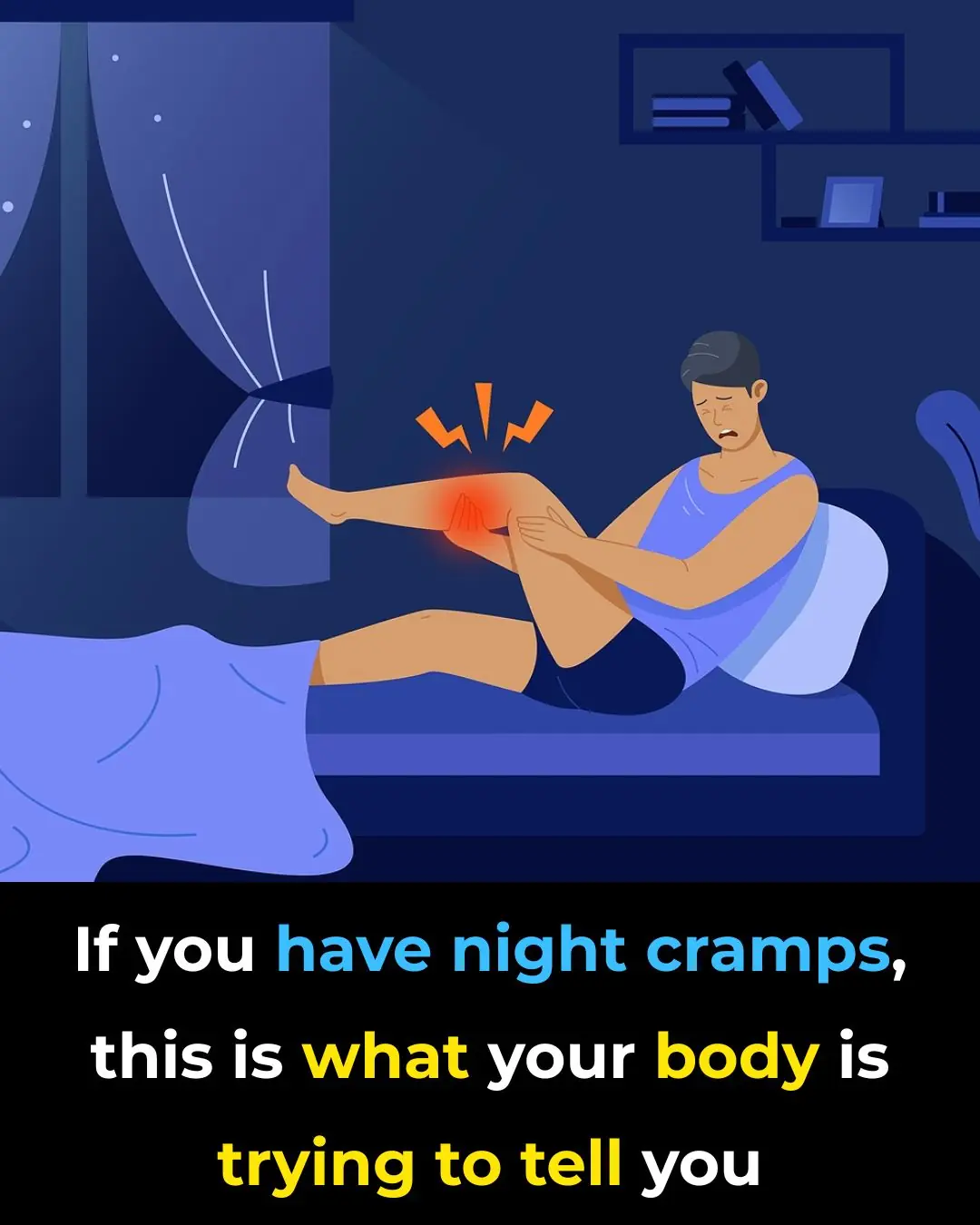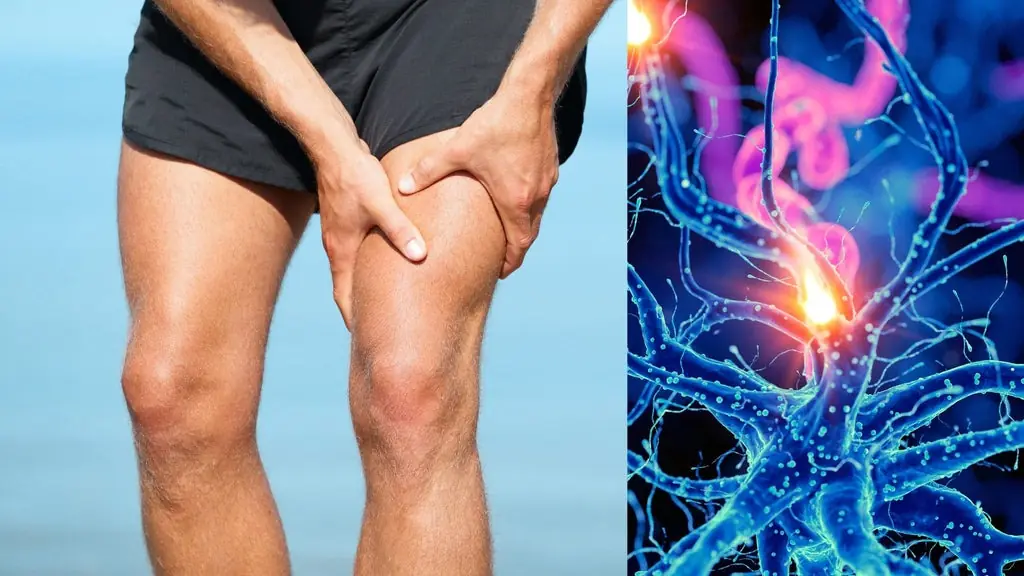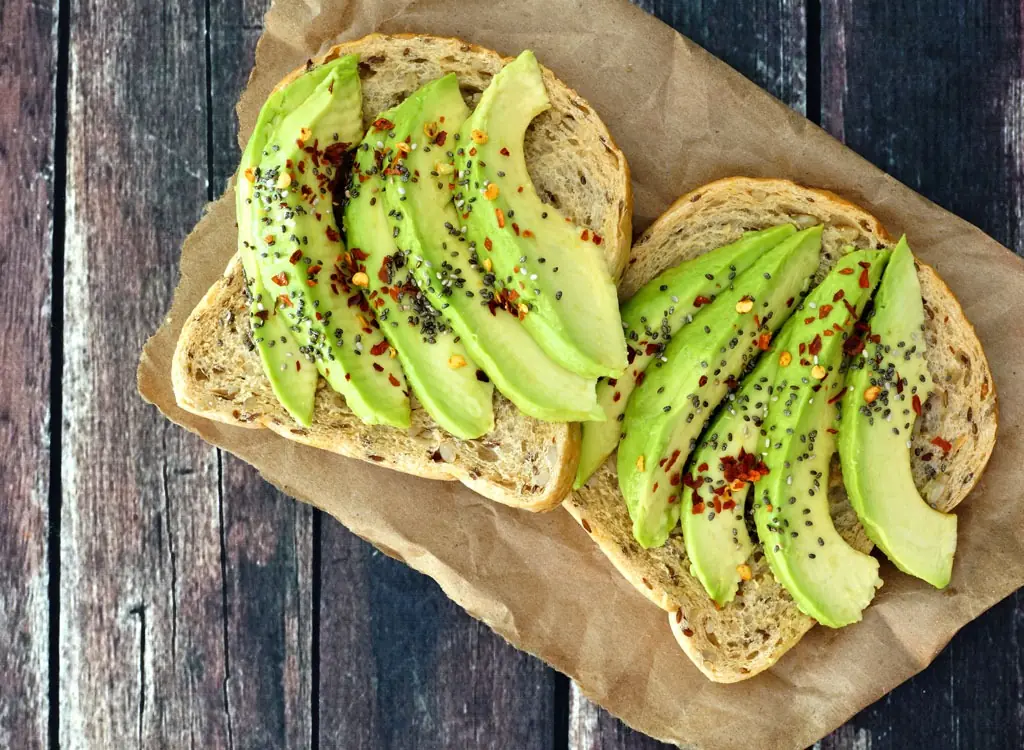
Benefits of Walking: Why Walking is One of the Best Forms of Exercise 🚶♀️
Benefits of Walking: Why Walking is One of the Best Forms of Exercise 🚶♀️
Walking is an accessible, free, and highly effective form of exercise with a multitude of health benefits. From managing weight to boosting mood and supporting longevity, even a short daily walk can do wonders for your body. The only equipment you need is a good pair of shoes!
Why Walking is a Superior Exercise
Walking is a beneficial, low-risk form of exercise available to nearly everyone, including the elderly. Doctors recommend aiming for a brisk walk—fast enough that you can talk but not sing—for at least daily, which equates to about .
Key Health Benefits of Walking
1. Cardiovascular Health and Blood Pressure
Walking is an excellent cardio workout that significantly promotes a healthy heart and circulation.
-
Heart Strength: A brisk walk, five days a week, can lead to lower blood pressure, increased heart capacity, and a reduced risk of stroke and cardiovascular disease.
-
Hypertension Management: Walking for , three times a week, has been shown to lower blood pressure and prevent spikes during exercise. Achieving daily (approx. ) has been linked to significant improvements in blood pressure.
2. Weight Management
Walking every day burns calories and helps you achieve and maintain a healthy weight.
-
Weight Loss: of moderate exercise is a good daily goal, but to actively lose weight, you may need to walk for longer (typically briskly every day), especially when combined with a healthy diet.
-
Metabolism: Regular walking helps reduce body fat, which is key to managing conditions like diabetes.
3. Immune System and Longevity
Walking helps strengthen your immune system and overall longevity.
-
Boosted Immunity: A brisk walk can increase the white cell blood count, causing beneficial changes in immune parameters.
-
Live Longer: Studies show that moderate-intensity activities like brisk walking for a day, five times a week, are associated with a lower mortality risk from chronic diseases, including a potential reduction in heart disease risk.
4. Mental and Cognitive Health
Walking positively impacts your brain and mental well-being.
-
Improved Mood: Even a brisk walk can positively affect emotions, reducing symptoms of low mood, depression, and fatigue.
-
Cognitive Function: Regular walking, even at a low-impact level, is linked to a lower risk of cognitive decline in older adults, as it promotes healthy blood flow to the brain.
-
Energy: Moderately intensive walking can provide an energizing effect, similar to a cup of coffee, boosting perceived energy levels and alertness.
5. Digestive and Metabolic Benefits
-
Improved Digestion: Walking after a meal helps food pass quicker from the stomach to the small intestines, improving gastric emptying and preventing symptoms of indigestion.
-
Blood Glucose Control: Walking for an hour a day, five days a week (about ), has been shown to lower fasting blood glucose and cholesterol in diabetics, mainly due to reduced body fat.
6. Joint and Musculoskeletal Health
Walking is an excellent low-impact exercise for joint health.
-
Arthritis Relief: Daily walking, even on a treadmill, can help reduce knee and joint pain, improve the quality of life, and increase muscle strength for people with osteoarthritis.
-
Diabetes Prevention: Brisk walking for at least per week can help greatly reduce the risk of developing type 2 diabetes by up to .
Simple Walking Tips
Easy Ways to Walk More Every Day
You don't need a huge block of time to start. Sneak activity into your daily routine with these tweaks:
-
Walk and Talk: Next time you need to make a call to a friend or coworker, get up and walk around while you talk.
-
The 15-Minute Sneak: Commit to a walk before or after a fixed routine, like before making dinner or after parking your car further from the office.
-
Office Movement: Get up and walk around the office—visit a coworker, go to the bathroom on another floor, or get a glass of water. Any movement counts!
News in the same category


The Silent Threat: Recognizing Early Signs of Kidney Disease and Lifestyle Prevention

Baking Soda (Bicarbonate of Soda): Uses and Benefits (Science Based)

If you have leg cramps at night, it means you have..

Sarcopenia: Why do we lose muscle and how to fix it?

Top 11 Nutrients To Destroy Cancer Stem Cells

Thinking of drinking baking soda? Read this first for the truth!

Forget aspirin—this everyday fruit can help protect you from stroke and heart attack

8 Sh0cking Toilet Clues That Could Signal Canc3r: Don’t Ignore Them!

14 Warning Signs Your Body Is Running Low on Magnesium and How to Get It

7 Early Signs of Uterine Fibroids Too Many Women Ignore

7 Early Signs and Symptoms of Lung Cancer You Should Never Ignore

High Blood Sugar Warning Signs

Eat 2 Eggs Every Morning and Feel These Powerful Health Effects Take Over Your Body

Avocado Power: The Scientifically Proven Health Benefits of the Fruit (and the Seed!)

One Vitamin That Could Transform Your Circulation: Niacin (Vitamin B3)

Body Suddenly Jerks While You’re Falling Asleep? This Is What It Means

pH Balance and Your Health: Signs of Acidosis and How to Alkalize

Pineapple And Turmeric Drink Reverses Cancer-Causing Inflammation And Even Beats The Common Cold!
News Post

Jennifer Hudson Champions Musical Inclusivity Amid Super Bowl Language Debate

Jennifer Hudson Cheers on Bad Bunny’s Super Bowl Swagger — and Starts Learning Spanish Herself

Charli XCX shares cryptic video after Taylor Swift’s ‘Actually Romantic’ diss

NY authorities clamp down on liquor store openings citywide as booze demand plummets

Desperate rescue effort underway to save hundreds of hikers stuck on Mount Everest after snowstorm

Six signs you may be a functioning alcoholic according to doctor

Pineapple Water: A Refreshing Drink That Supports Your Health

The Silent Threat: Recognizing Early Signs of Kidney Disease and Lifestyle Prevention

A Heartwarming Encounter: A Child’s Innocence and the Power of Love.

The Stranger Who Stopped: How One Man’s Compassion Saved a Life on a Busy Georgia Road

Baking Soda (Bicarbonate of Soda): Uses and Benefits (Science Based)

A Father’s Day Gift Like No Other: A Daughter’s Kidney, A Father’s Second Chance

Maliyah’s Fight: A Fifteen-Year-Old Cheerleader Battling Stage 4 Cancer With Courage and Faith

No Cake, No Balloons: A Firefighter’s Quiet Birthday of Purpose and Service

Orangutan Secretly Watches Over Woman During Jungle Survival Challenge

“The Stranger on a Plane: How One Man’s Kindness Gave a Mother the Gift of Rest”

A Little Fighter’s Final Victory: Remembering Bryson’s 1,027-Day Battle

A Match Made in Dog Heaven: A Toddler and Her Puppy Who Share a Special Bond
